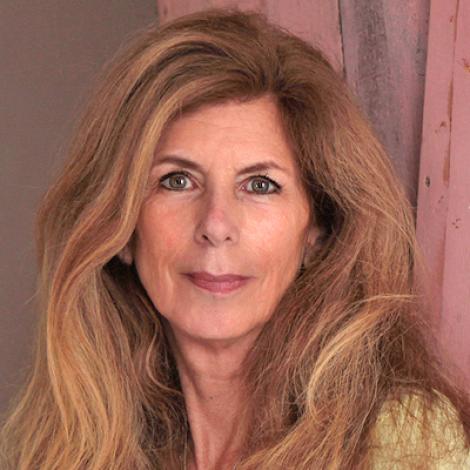What we did to the earth, we did to our daughters
one after the other.
What we did to the trees, we did to our elders
stacked in their wheelchairs by the lunchroom door.
What we did to our daughters, we did to our sons
calling out for their mothers.
What we did to the trees, what we did to the earth,
we did to our sons, to our daughters.
What we did to the cow, to the pig, to the lamb,
we did to the earth, butchered and milked it.
Few of us knew what the bird calls meant
or what the fires were saying.
We took of earth and took and took, and the earth
seemed not to mind
until one of our daughters shouted: it was right
in front of you, right in front of your eyes
and you didn’t see.
The air turned red. The ocean grew teeth.
Published:
2023
Length:
Regular
Literary Movements:
Contemporary
Anthology Years:
2025
Themes:
Family
Nature
Science & Climate
Violence & War
Womanhood
Literary Devices:
Anaphora
a figure of speech in which words repeat at the beginning of successive clauses, phrases, or sentences
Couplets
two lines of verse, usually in the same meter and joined by rhyme, that form a unit
Dialogue
conversation between two or more people as a feature of a book, play, or movie
Imagery
visually descriptive or figurative language, especially in a literary work
Surrealism
a style of art and literature in which ideas, images, and objects are combined in a strange, dreamlike way.

